YOU ARE HERE >
HOME >
DIAMOND SEGMENT
How to solve the problem of welding seam bubbling in the process of high frequency welding diamond segment
Publish Date:2021-02-03
The phenomenon of welding seam "bubbling" is one of the common problems in the welding process of diamond blades. We will discuss the causes, case detection measures and solutions separately.1. Analysis of the occurrence and cause of the "bubbling" phenomenon in the weld
This situation often occurs when the diamond segment is welded, especially when brazing the layer diamond segment without the welding transition layer. The specific manifestation is that during the process of melting and filling the weld seam, the bubbles around the edge of the weld seam continue to burst and blow up, showing a slow boiling state, and a large amount of gas is gushing out of the weld seam, and the liquid solder and viscous flux blow up a large number of bubbles, which will burst after they grow to a certain extent. The "bubbling" phenomenon does not stop until the molten solder has completely solidified.
The welding seam bubbling directly causes a large number of pores around the welding seam. The pores are large and small, and the edges of the welding seam are alternately distributed. It seriously affects the welding strength. In order to prove that the welding strength is affected, we reheated the segment and then removed it, and observed the welding surface. The solder on the welding surface of the base body was normal, however, the welding surface of the blade leaves some obvious traces of squeezing the solder due to gas expansion, and the blade does not form an effective connection with the saw blade base. During the use of such a saw blade, the blade easily loses segment.
In addition, water vapor and a large amount of other media can enter the weld seam along the pores, corrode the welded surface, and gradually reduce the connection strength. Therefore, measures must be taken to prevent the "bubbling" phenomenon.

2. In the process of high frequency welding, find the cause of "bubbling" through actual cases
In the high-frequency welding process, the power of the welding machine is 15 kVA, the melting temperature of the soldering piece used is between 600-7300C, the heating time is between 18-25s, and the flux is QJ102 flux. The segment is layer type copper bond without welding transition layer, the diameter of the saw blade base is 1.6m, and the material is 65Mn. The welding process is carried out without protective atmosphere. A preliminary analysis of the "bubbling" phenomenon may be caused by:
(1) The welding surface is not thoroughly cleaned, and some residual impurity elements emit a large amount of gas after heating, causing bubbling;
(2) The quality problem of the flux and the soldering piece, or one of them is qualified and a bad chemical reaction occurs;
(3) The segment is not dense enough, and the gas in the internal gap will escape after being heated and expanded during heating;
(4) Diamond problem in diamond segment
(5) The effect of comprehensive factors.
In view of the above analysis, we take various corresponding experimental measures to investigate, so as to find out the real cause of the bubbling problem.
After continuous testing, finally found the diamond is easy to graphitize at high temperature. The reason for the graphitization of diamond in the saw blade is that iron is a strong carbide-forming element, which can strongly dissolve diamond at high temperature to form Fe 3C, and Fe3C is also It is very anisotropic, and the transition temperature decreases, and it decomposes to become iron and graphite. According to the information, it is found that under the protection of H, N, CO and other atmospheres, the diamond has begun to graphitize slightly above 7000C, but under the condition of no protective atmosphere, the starting temperature of graphitization decreases. Diamond is highly thermally sensitive and will burn into carbon dioxide (Cq) and carbon monoxide (CO) at high temperatures. In the air, the qualitative change of diamond will occur between about 450-8600C, and even graphitization ablation will occur, which can reduce the performance. The welding temperature of diamond saw blades using silver-based solder is generally between 650-7500C, and there is no protective atmosphere during welding, which is in line with the conditions for diamond graphitization, plus the catalytic effect of certain elements in the melted solder , So that the graphitization effect is more intense.
3, the solution
There are two main solutions. First, reduce the grinding thickness of the welding surface of the diamond segment, and minimize the exposure of the diamond. It is best to use a fine-grained grinding wheel for grinding; second, the heating time during welding should be controlled within 20s. In special circumstances, it does not exceed 25s. If the segment with deviation in position accuracy cannot be adjusted in a short time, it should be removed and re-soldered.
Obvious results were obtained immediately after adopting these measures. When welding a 1.6-meter saw blade (requiring 108 segments), only a few segments will bubbling, and there will be very few bubbles. Will not have a great impact on welding quality. The saw blade welded by the new technology has been used and there is no segment loss phenomenon. It shows that the welding quality can meet the requirements of the saw blade.
In general, reducing the thickness of the bottom grinding, making the diamond as little or not exposed as possible, and completing the welding faster, can significantly reduce the "bubbling" of the weld.
Tags:

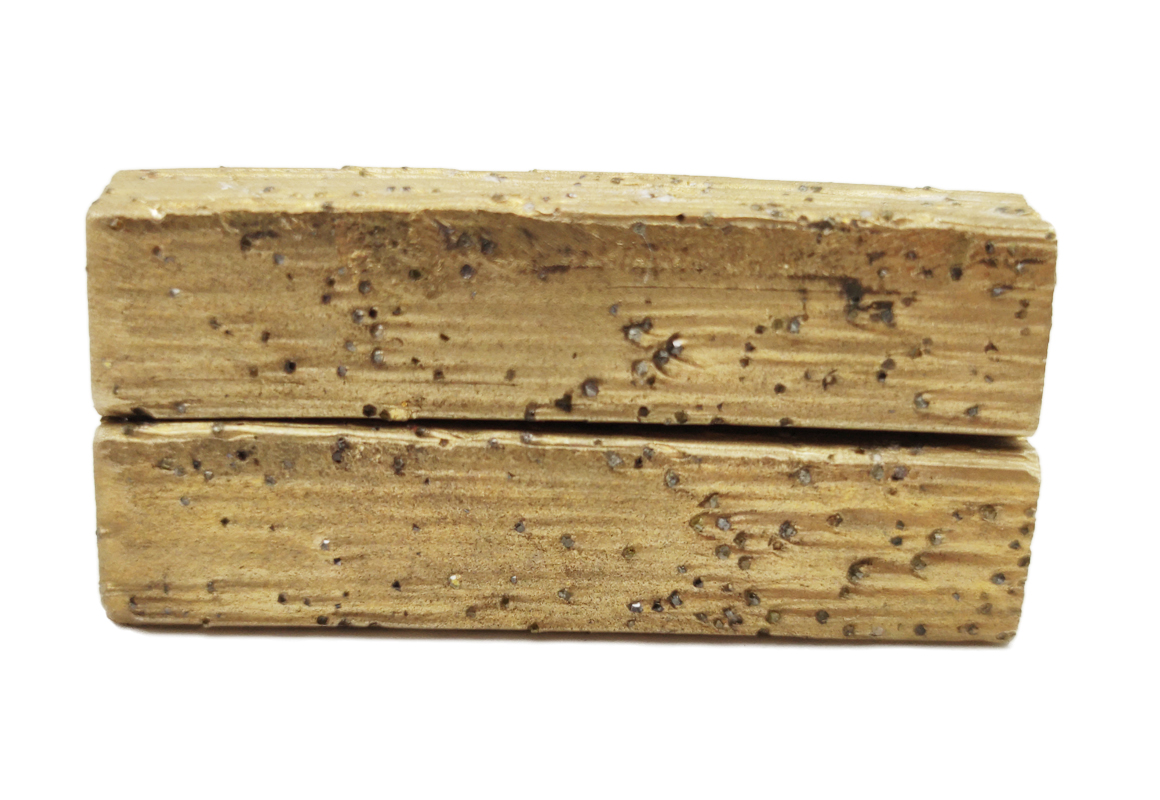
The control ratio of the metal content in the diamond segment bond
2020-08-17
The diamond segment is composed of two parts of the bond and the diamond, and the bond is actually not just one component, it is made of paraffin, nickel, tin, zinc, copper, iron, silicon carbide, tungsten and other metal powders, and non-metallic powder, in which copper, iron, silicon carbide and tungsten are the main components, while nickel, tin, and zinc are the metal binders, which make the diamond and the bond more firmly....
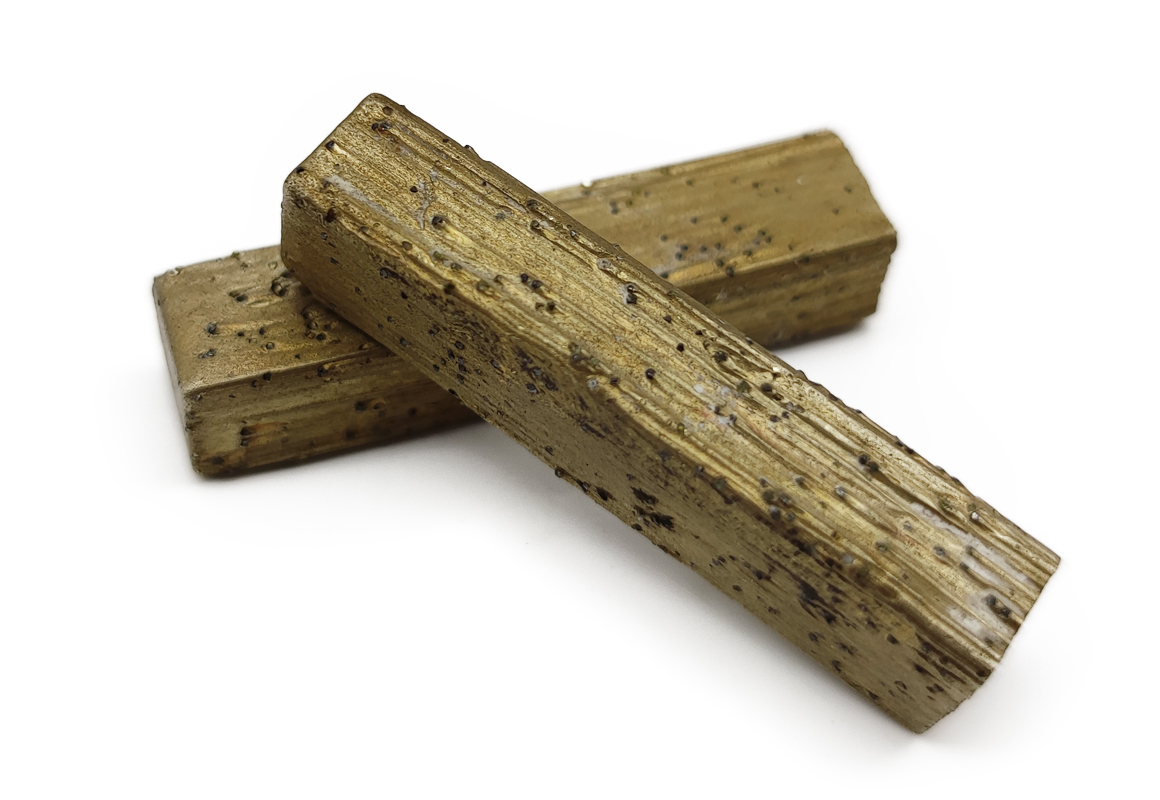
Selection of diamond powder for diamond segment
2020-09-24
During the diamond segment working process, the role of diamond powder crystals is very important, especially in the cutting process, a good crystal can be very good in anti-breakage ability, reduce the power consumption of the equipment, and extend the life of the cutting....
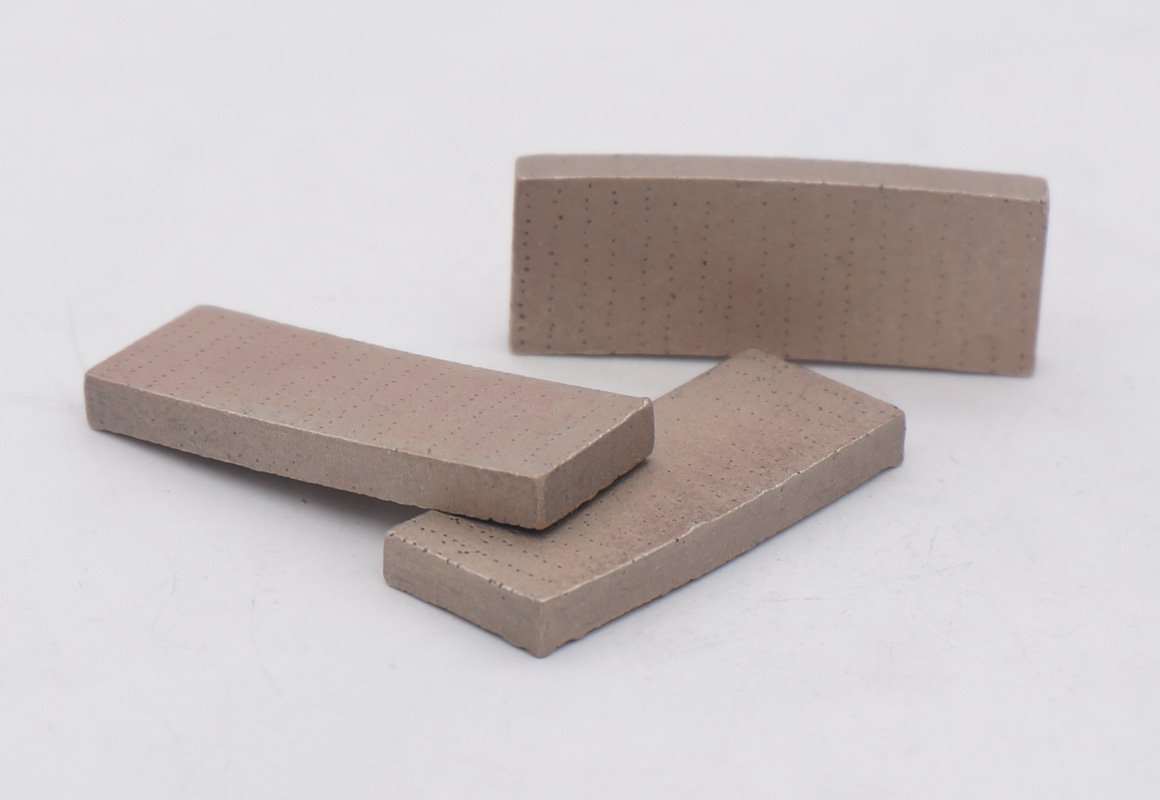
Arrayed diamond segment and the saw blade
2020-12-29
In traditional diamond segment products, the diamond powder in the segment is arranged in disorder. During the cutting process, the exposed diamond will impact the stone surface at various angles, and the exposed height of the diamond will vary. As a result, the diamond is not evenly stressed, and diamonds with high exposure are prone to fracture. In order to improve this situation and make the diamond distribution more uniform, arrayed segments have emerged. Weld the arrayed segment on the blade steel body to be an arrayed saw blade....
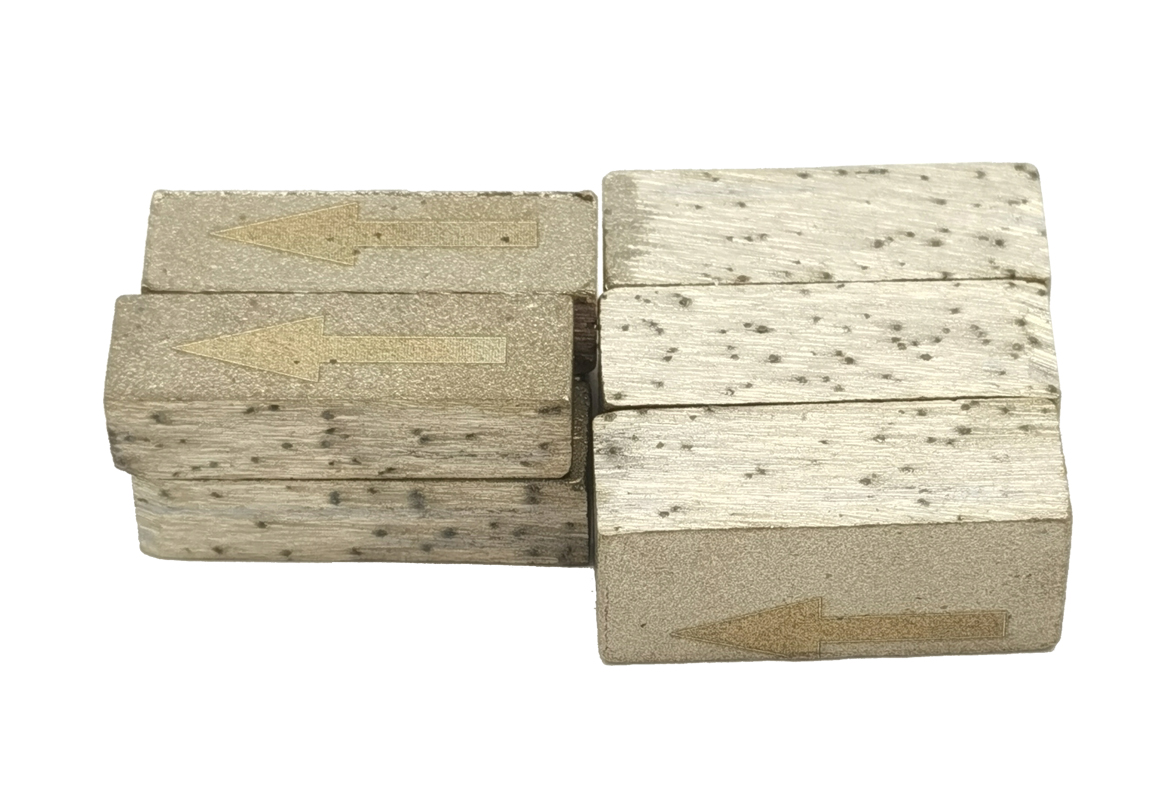
Commonly used bond for diamond segment
2020-09-09
There are four commonly used bonds for diamond segment. These four bonds are matched with different diamond powders according to different materials to make diamond segments for different purposes. Each bond has its advantages and disadvantages. In the process of designing the diamond segment, we must take advantage and reinforce its shortcomings. This is the charm of diamond segment production and design....
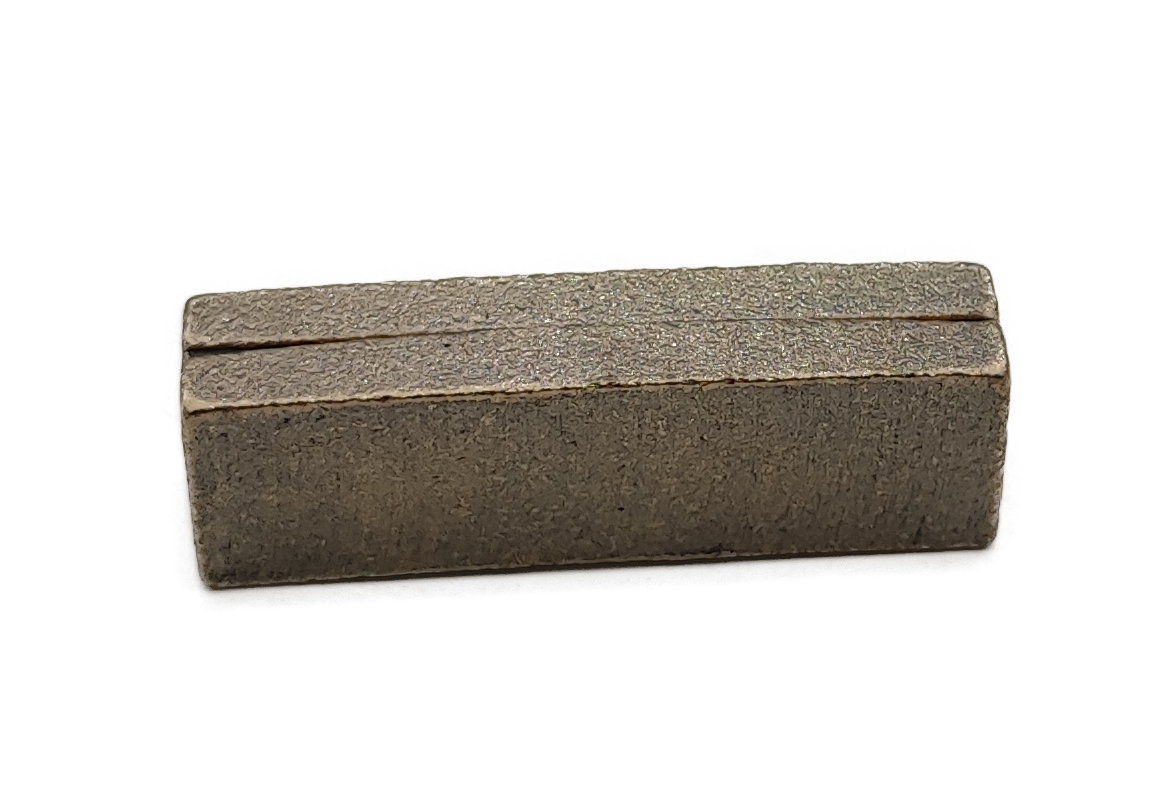
Common problems and treatment methods of diamond segment
2020-08-17
Diamond segment is a non-standard industry in modern industry. The instability of product quality is the most common problem. The following are some of the most prone problems and related solutions in producing diamond segments. Through these instructions, Let everyone better understand the details of diamond segments production process....
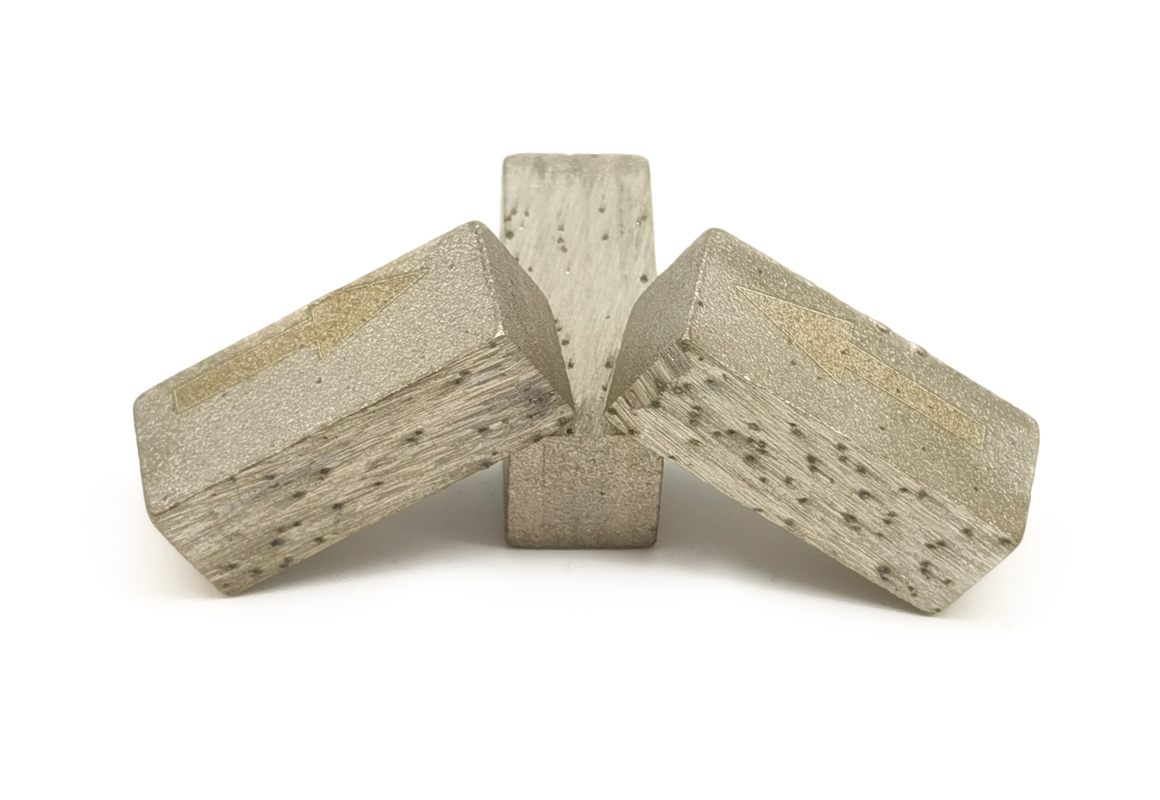
Formula design of diamond segment
2020-10-16
Diamond segment is a very special segmented product. Through different formulas and different processes, products with different appearances, different cutting performances and different cutting life can be produced. The most attractive part of this product is that it is not Certainty, especially the new formula, needs to consider factors such as the object to be processed, the matrix metal bond, diamond grade and particle size, pressure and sintering temperature....


 RETURN
RETURN

